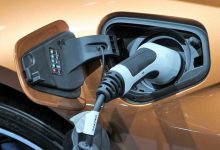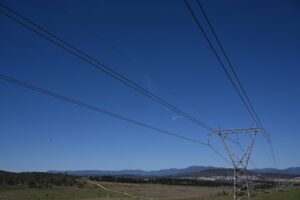Flinder University in South Australia is soon to boast a new virtual power plant based around vehicle-to-grid (V2G) technology from its growing fleet of electric vehicles.
Virtual power plants are networks of medium-sized renewable energy generators, often solar panels on private homes, which act as a kind of energy network – electricity can be harnessed intelligently across the system and fed back into the grid if needed, lowering costs.
In this case, the project consists of Wallbox Quasar bi-directional EV charging systems. And rather than harnessing the energy generated by renewables, the system will allow the energy stored in EVs to be exported to the grid or used to power the buildings and facilities at times of need.
It follows a trial run set up with Nissan, Sunverge, Wallbox and Simply Energy.
This particular project has been developed by French based Engie and US-based Sunverge to demonstrate the commercial viability of bi-directional smart-charging systems for EVs. The company received funding from the South Australian Government’s EV Smart Charging and V2G Trials Program.
“We’re very excited to partner with Flinders University and Sunverge on this groundbreaking and innovative project,” said Greg Schumann, the director of transport and green mobility at Engie Australia and New Zealand.
“This V2G VPP showcases the flexibility and reliability that V2X services can provide for fleet operators and grid operators alike.”
As well as being used by university faculty and students, the EV charging system will operate in the National Electricity Market as a multi-service VPP (virtual power plant) delivering a variety of services, including price arbitrage, peak demand management, and optimisation of behind-the-meter generation.
VPPs are seen as a gamechanger because they allow renewable energy generators, even private homeowners, to not only reduce their own energy costs but gain financially from excess energy generated. EVs offer a new avenue to this resource.
“The electrification of fleets promises to not only decarbonize much of the transportation sector, but also provide new sources of value for fleet operators and the electric grid through the control, optimization and aggregation of DERs, in this case fleet of electric vehicle batteries and solar energy,” said Martin Milani, the CEO of Sunverge.
“As government, businesses, and other organizations continue to electrify large fleets, this project demonstrates the commercial potential of aggregating and utilizing this new and game changing source of DERs.”








